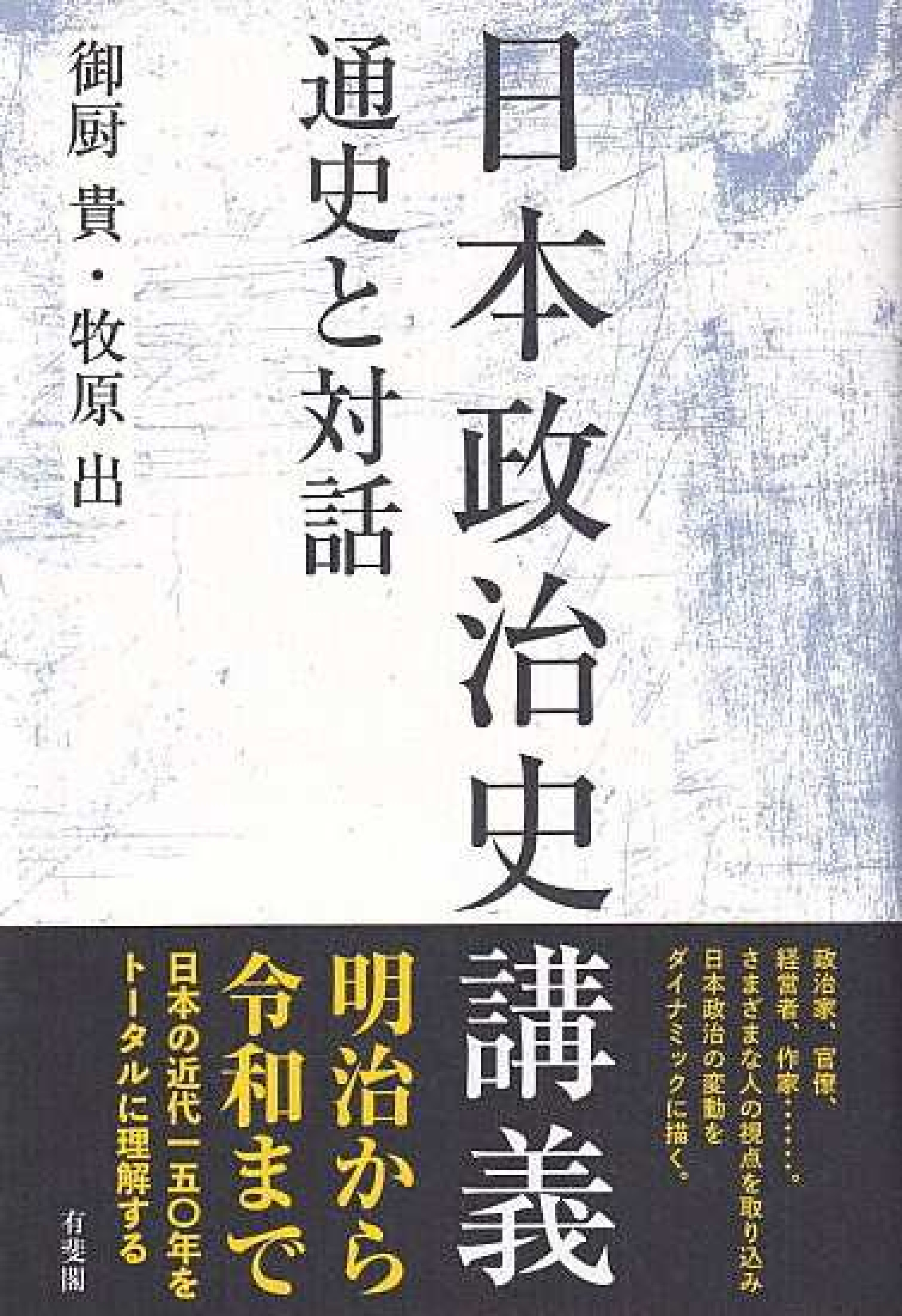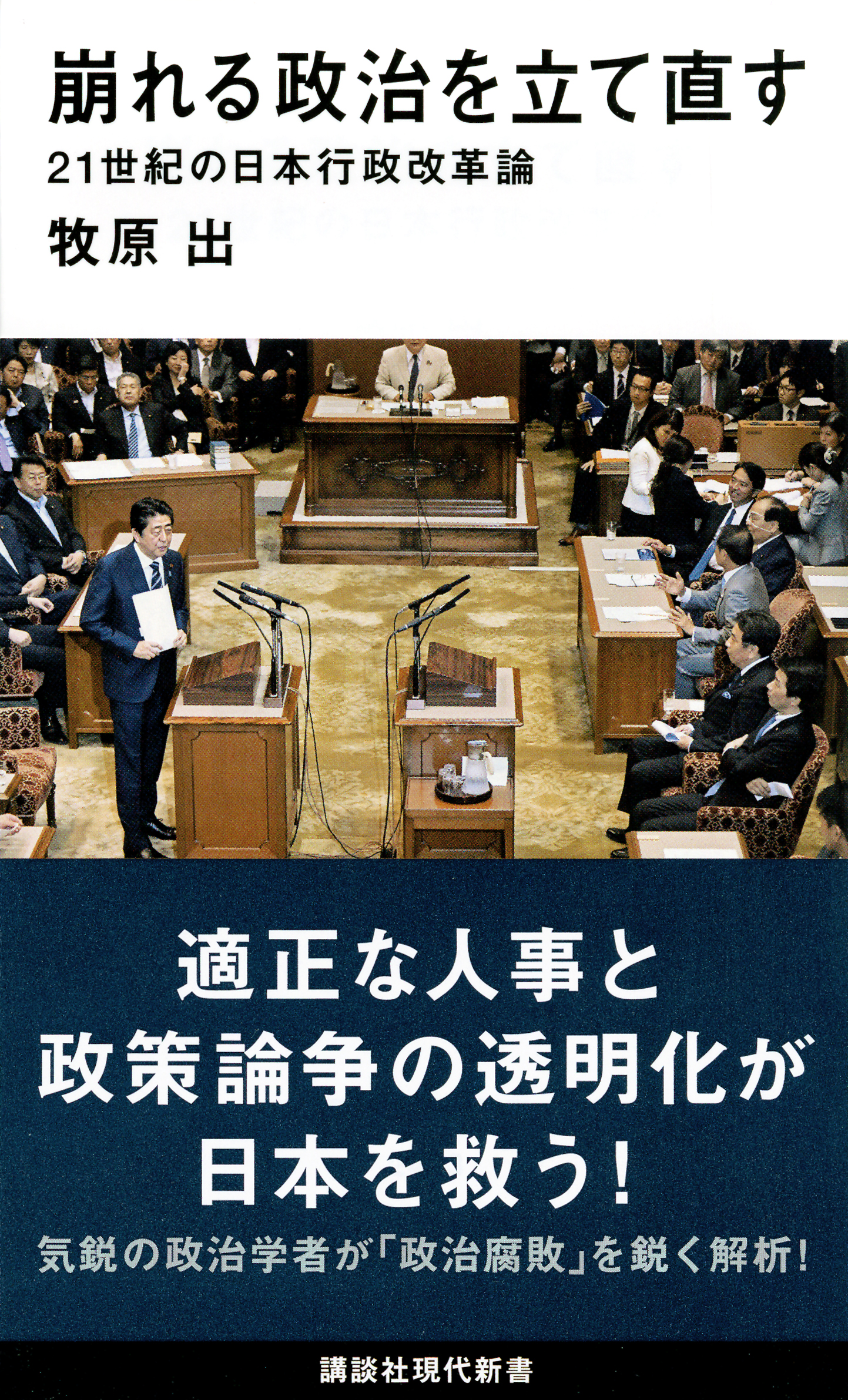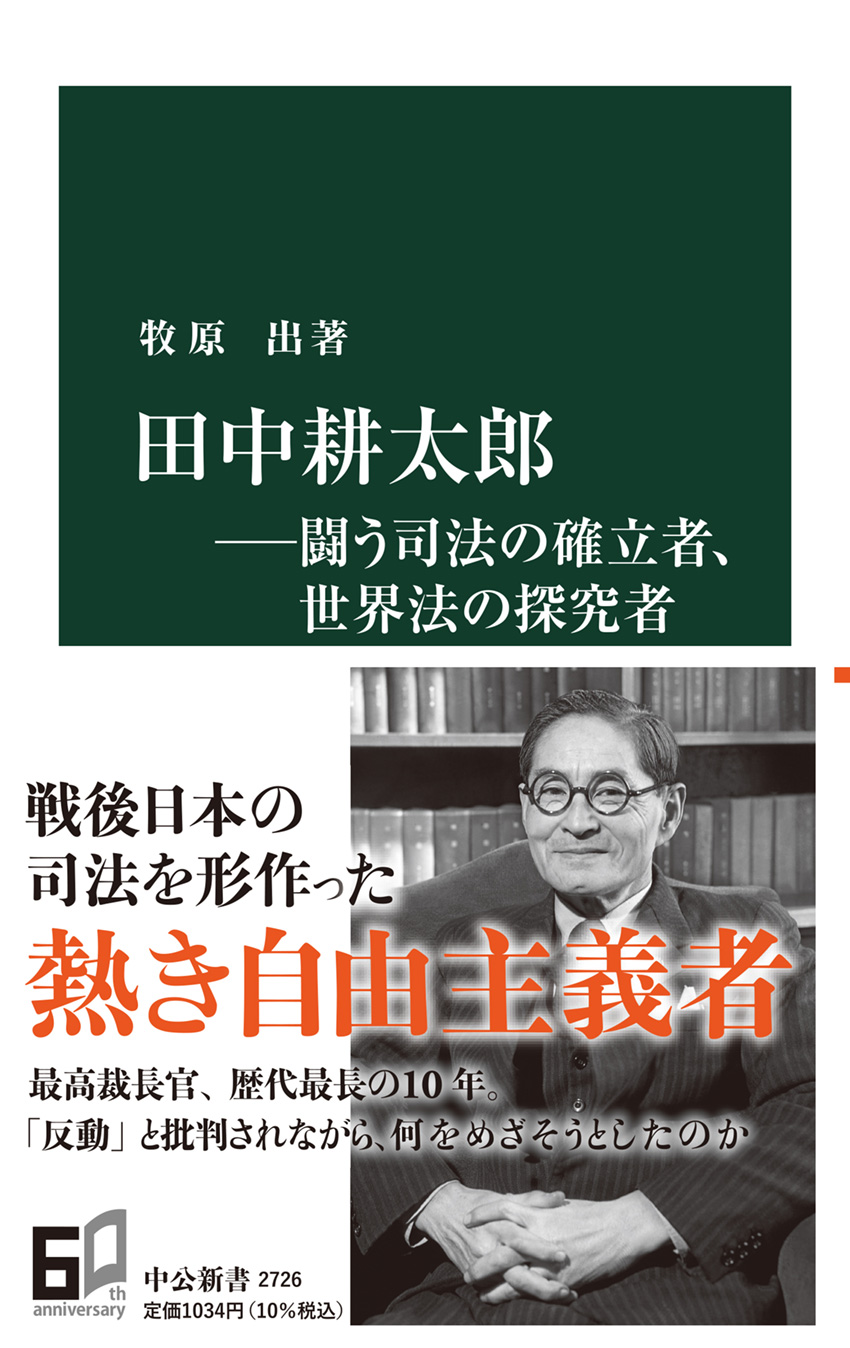
Title
Nihonseijishi kōgi (Lectures on Japanese Political History - Comprehensive history and dialogue)
Size
568 pages, 127x188mm, softcover
Language
Japanese
Released
May, 2021
ISBN
978-4-641-14937-3
Published by
Yuhikaku Publishing
Book Info
See Book Availability at Library
Japanese Page
This book features the arrival of Commodore Perry’s fleet as its starting point of Japan’s modern history, which sets the endpoint of Japan's sustained postwar political history as the demise of Shinzo Abe's cabinet in 2020. No other book in the field of Japanese political and diplomatic history has a range to up to this point.
What’s more, as the book’s subtitle Tsūshi to taiwa (Comprehensive history and dialogue) indicates, after an overview of each historical period, the two authors engage in conversation to discuss the underlying political structure of each period and their shifts while presenting various historical materials. Besides understanding history through the book’s text, the reader can also gain insights for understanding a historical period from the authors’ dialogues and a perspective for viewing the entire course of Japan’s modern political history.
With suitable breadth of the period covered and presenting each lecture with a dialogue, the book is designed to serve as textbook on Japan’s political and diplomatic history for both university students and the general public.
The book’s structure comes from the contents’ origin as a textbook and video materials used in an Open University of Japan course. The dialogues of the two authors were transcribed from their conversations in a video instead of being composed in writing. Actual spoken speech greatly differs from dialogue depicted by the imagination. Their dialogues can thus be easily read and understood.
Furthermore, the original materials for this book were prepared some months after the Great East Japan Earthquake in 2011. One of us, Mikuriya, was the acting vice chair of the Reconstruction Design Council in Response to the Great East Japan Earthquake, a government advisory panel, and compiled basic guidelines for reconstruction policy. The other, Makihara, was a member of council that advised Sendai City on reconstruction policy, and conducted a survey of the reconstruction process in the Tohoku region. This book thus examines in particular detail, based on the authors’ experiences, the relationship between major disasters such as the 1923 Great Kanto Earthquake and the 1995 Great Hanshin-Awaji Earthquake and political history. This topic, which had been neglected prior to the occurrence of the 2011 Great East Japan Earthquake, is a critical factor in promoting political change.
The two authors have long used oral history methods to accumulate historical materials on postwar politics. In the postwar era, oral telling of experiences has become as important as or more important than written historical sources. The use of oral history has thus become essential for historiography. This book also introduces many historical documents along with archival materials such as General Katsura Taro’s letters, Prime Minister Hara Takashi’s diary, and memos of bureaucrats during the Allied occupation. In the authors’ dialogues, their explanation of oral records illuminates the written records.
Finally, in preparing this book, the authors conducted field research in locations as far north as Hakodate and as far south as Okinawa. The political histories created by such places are also a feature of this book. At every turn, the authors present architecture and public spaces to deliberately point out features of power structures that left an imprint on Japan’s political history.
The book presents political history that cites historical materials and literary topos to vividly paint pictures of historical situations while maintaining its general character of telling the grand flow of history over a long period of time.
(Written by MAKIHARA Izuru, Professor, Research Center for Advanced Science and Technology / 2021)



 Find a book
Find a book


 eBook
eBook
